by urban-acupuncture | May 16, 2020 | Acupuncture
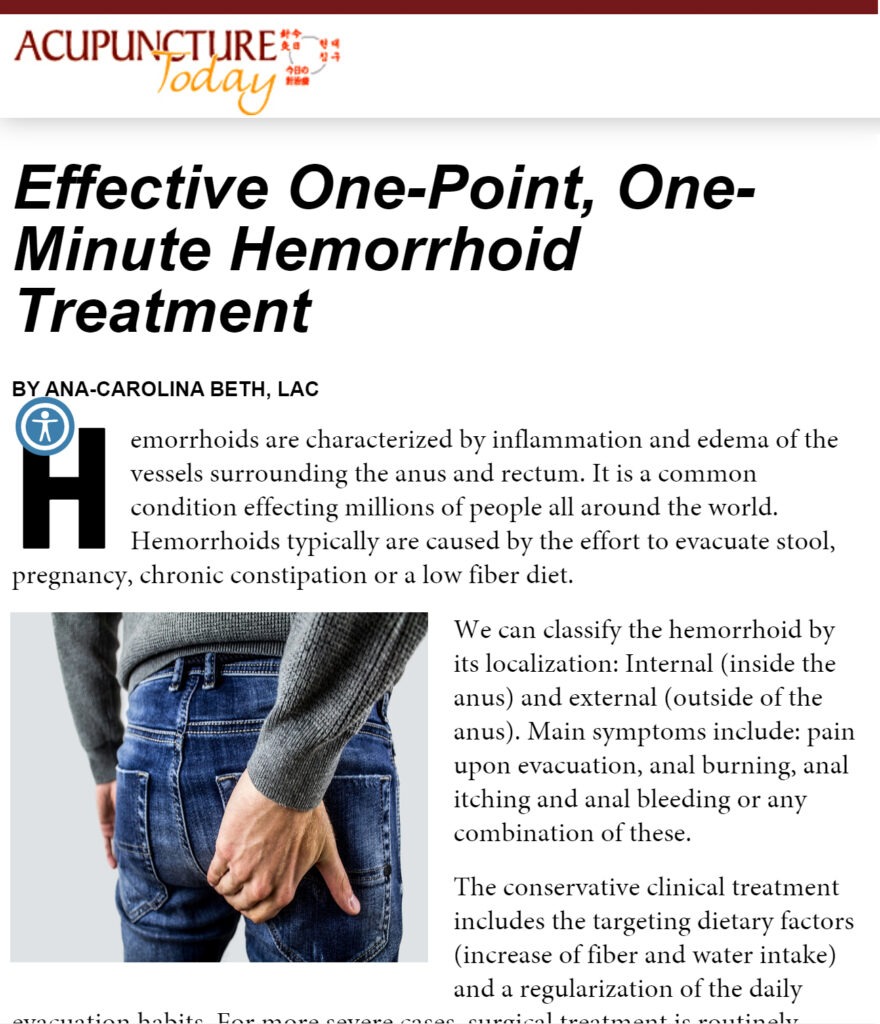 Hemorrhoids are characterized by inflammation and edema of the vessels surrounding the anus and rectum. It is a common condition effecting millions of people all around the world. Hemorrhoids typically are caused by the effort to evacuate stool, pregnancy, chronic constipation or a low fiber diet.
Hemorrhoids are characterized by inflammation and edema of the vessels surrounding the anus and rectum. It is a common condition effecting millions of people all around the world. Hemorrhoids typically are caused by the effort to evacuate stool, pregnancy, chronic constipation or a low fiber diet.
We can classify the hemorrhoid by its localization: Internal (inside the anus) and external (outside of the anus). Main symptoms include: pain upon evacuation, anal burning, anal itching and anal bleeding or any combination of these.
The conservative clinical treatment includes the targeting dietary factors (increase of fiber and water intake) and a regularization of the daily evacuation habits. For more severe cases, surgical treatment is routinely prescribed. This approach often lacks satisfactory results and can lead to various severe complications.
Within the teachings of Chinese medicine, blood-vessel/ hemmorhoid related problems can result from an imbalance of yang energy of the Du Mai meridian. This meridian also known as “Sea of Yang” has the following principle functions: regulating the Yang energy of the body and maintaining the strength of the body. The 28-point Du Mai meridian originates at the perineum, moves up along the spine and skull and terminates in the mouth.
Contact Us For More Information About Acupuncture Treatments
For more information about how acupuncture, massage therapy and other alternative healing treatments can help you, please contact the Urban Acupuncture Center Board Certified Licensed Acupuncturist’s team at Indianola Ave, Clintonville (614) 725-2488 | Main St, Westerville (614) 426-4406 or click here. Taking new patients in and around greater Columbus, Ohio.
by urban-acupuncture | May 7, 2020 | Acupuncture
Treat insomnia and other sleep disorders with acupuncture
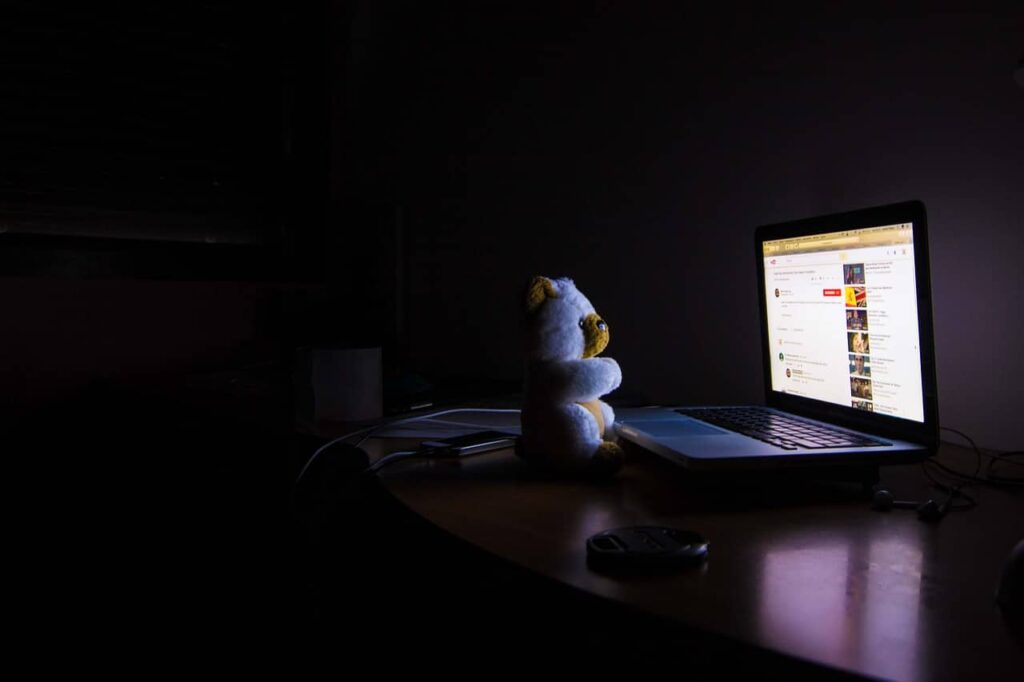 The CDC (Center for Disease Control) declared sleep deprivation to be a public health epidemic.
The CDC (Center for Disease Control) declared sleep deprivation to be a public health epidemic.
Think that sounds a bit extreme? Not when you consider the true impact of sleep deprivation. Chronic sleep loss takes a big toll on your body – both inside and out. We see the short terms signs of sleep deprivation manifested every morning in the mirror after a restless or sleepless night. Dull complexion. Dry skin. Bags and dark circles under our eyes.
Struggling to sleep at night is frustrating, and can lead to health problems. When you think about ways to get more zzz’s, being poked with needles probably doesn’t come to mind—but perhaps it should. Acupuncture, an ancient Chinese practice, has been linked to improved sleep and has also been shown to help treat insomnia.
Acupuncture for insomnia
Multiple studies have demonstrated acupuncture to be an effective treatment for insomnia. Acupuncture lessens anxiety, stimulates melatonin production, induces sleep onset, and reduce sleep disruption and arousal during the night. All of these effects amount to an overall increase in total sleep time. In some instances, acupuncture is used as a treatment not for insomnia itself, but for pain from other physical conditions that in turn make it difficult to fall asleep at night.
In traditional Chinese medicine, acupuncture addresses the following qi-related issues that cause insomnia:
TREATED BY ACUPUNCTURE CLASSIC CHINESE EXPLANATION
- Difficulty falling asleep | Yang qi is blocked from yin qi, so the body is unable to relax
- Interrupted sleep during the night | Heat is trapped in the body
- Waking up too early | Yin energy is blocked in the kidneys
- Vivid nightmares | Too much energy in the heart, or not enough in the liver
- Extreme insomnia | Blood issues in the spleen or liver
Not only does acupuncture help with better sleep but also can address those symptoms that are keeping you up at night and get to the root of why those symptoms are occurring in the first place. Traditional acupuncture utilizes tiny needles to access distinct points on the body to restore balance, alleviate pain, stress and anxiety, enhance sleep, and improve overall well-being. When systemic balance is restored, symptoms disappear and greater overall health is achieved. After one session, regardless of what you are being treated for, many notice better sleep that same night, reduced stress, and a feeling of calm and well-being.
Risk Factors For Insomnia
Anyone can and will have an occasional sleepless night, but on average 30 percent of adults report having short terms bouts of insomnia. Most people will toss and turn for a night or two and get back on track after a few days. Others aren’t so lucky. Ten percent of adults suffer from chronic insomnia lasting months or even years. For those who suffer from chronic insomnia, the issue is threatening to their overall health and well being. Your risk for insomnia is greater if:
- You’re a woman – any age
- You’re over the age of 60
- You have a mental or physical health condition
- You’re under a lot of stress daily
- You don’t have a regular schedule
- Symptoms of Insomnia
The American Sleep Association estimates that 50-70 million US adults have some form of sleep disorder. The most common sleep disorder is insomnia, which is characterized by trouble falling asleep and staying asleep. Insomnia symptoms may include:
- Difficulty falling asleep at night
- Waking frequently during the night
- Waking too early and can’t fall back asleep
- Feeling tired even after a night’s sleep
- Daytime tiredness, drowsiness or sleepiness
- Irritability, depression or anxiety
- Difficulty focusing on tasks or memory loss
- Increased mistakes and risk for accidents
Each of these particular types of insomnia indicates a unique energy imbalance in Chinese medicine unlike any of the others. No one type of insomnia will ever be treated in exactly the same way during acupuncture, each is related to a particular imbalance.
Insomnia symptoms are not cured with one trip to the acupuncturist. Fact is your practitioner will likely advise you to return for subsequent therapies a few times a week over the course of a period of time, depending upon the nature of your insomnia. Many patients report a calmness and relaxation they’ve not experienced in a long time while in an acupuncture session and others report an almost involuntary release of emotions.
Contact Us For More Information
For more information about how acupuncture, massage therapy and other alternative healing treatments can help you, please contact the Urban Acupuncture Center Board Certified Licensed Acupuncturist’s team at Indianola Ave, Clintonville (614) 725-2488 | Main St, Westerville (614) 426-4406 or click here. Taking new patients in and around greater Columbus, Ohio.
by urban-acupuncture | May 2, 2020 | Massage, Massage Therapy
What is a Myofascial Release Massage?
Myofascial release is a soft tissue therapy used to treat deep muscular tension, somatic dysfunction, and pain by relaxing the fascia (the fibrous bands around muscles, ligaments, and tendons). The technique requires very firm pressure that stretches and elongates deep muscle tissue, increasing range of motion and circulation.
Myofascial Release vs. Massage
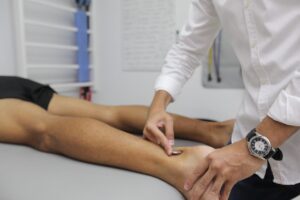 Massage involves stroking and kneading motions, usually administered with lubricants, making it easy for the therapist to slide their hands over the recipient’s skin. This is ideal for anyone with tension or tired muscles caused by exercise, sleeping in an odd position and just ordinary daily stresses. Massages usually last 30-60 minutes and can relieve muscle tension including the release of “knots” in the muscles. While people usually feel peaceful afterwards (although sometimes sore from the release of the muscle knots), it doesn’t typically address pain in the connective tissue.
Massage involves stroking and kneading motions, usually administered with lubricants, making it easy for the therapist to slide their hands over the recipient’s skin. This is ideal for anyone with tension or tired muscles caused by exercise, sleeping in an odd position and just ordinary daily stresses. Massages usually last 30-60 minutes and can relieve muscle tension including the release of “knots” in the muscles. While people usually feel peaceful afterwards (although sometimes sore from the release of the muscle knots), it doesn’t typically address pain in the connective tissue.
Myofascial release applies sustained pressure on targeted areas of connective tissue (fascia) that surround your muscles and bones. This pressure is meant to release the restriction in the connective tissue so that you have greater range of motion and less pain. The physical therapist, who is trained in myofascial release, maintains pressure for three to five minutes at a time in the targeted area. Using steady pressure is the key. The fibers must be allowed sufficient time to soften and stretch. No lubricant is added to the skin so the therapist can locate and release the areas of connective tissue that are restricted.
Myofascial Release techniques have a wide range of potential benefits including (but not limited to):
- Corrects muscle imbalances
- Improves joint range of motion and overall flexibility
- Can help alleviate headaches or symptoms of migraines
- Reduced adhesion’s and scar tissue (from surgeries or injuries)
- Relieves muscle soreness and joint stress
- Promotion of healing are often part of the intent of the therapy including feeling more grounded and centered in your body; calms the nervous system
- Decreased overall effects of stress
- Better warm-ups for active individuals
- Increased blood flow and tissue hydration
- Myofascial Release therapy aims to address and support a variety of chronic pain conditions, and is usually repeated over several sessions for ongoing efficiency. Self-myofascial release techniques, such as with a foam roller may also be recommended which can be performed at home in order to help support the effects of the treatment.
How is myofascial release performed?
Myofascial release techniques (MFR) are designed to go in and smooth out those hard knots, returning the fascia to its normal fluid and adaptable self. In MFR, a gentle, sustained pressure is applied to points of restriction (those bunched up spots), allowing the connective tissue to release. Picture a stick of cold butter. If you jab your finger into it sharply, you’re just going to hurt your finger, and not even make a dent in the butter. But if you place your finger on the butter, and apply gentle pressure, you’ll find you’re able to slowly sink into the stick of butter, melting your way into it. This is essentially what is happening when an MFR therapist works on the body, or when one performs Self Myofascial Release (SMFR) with myofascial release tools such as rollers and balls.
Types of myofascial release
Myofascial release is typically categorized as either passive or active. Here is information on these two types and approaches to myofascial release:
1. Passive myofascial release: The passive form of myofascial release is where the therapist’s movements are guided by the patient’s body—the therapist is trained to find and identify tension in the patient’s fascia and observe how the patient’s body responds to treatment. This informs the therapist’s course of action, affecting where they stretch the patient’s fascia, how much pressure they apply, and for how long.
2. Active myofascial release: The active form of myofascial release involves the patient directed to contract and relax certain muscles under the guidance of the therapist.
A session may combine passive and active myofascial release techniques, or only use one approach.
By targeting specific areas of the fascial system, myofascial therapy can help prepare patients for more aggressive forms of strengthening, or provide pain relief for patients with restricted flexibility and movement, thus allowing patients to return to normal movement and greater function.
Contact Us For More Information
For more information about how acupuncture, massage therapy and other treatments can help you, please contact the Urban Acupuncture Center Board Certified Licensed Acupuncturist’s team at Indianola Ave, Clintonville (614) 725-2488 | Main St, Westerville (614) 426-4406 or click here. Taking new patients in and around greater Columbus, Ohio.
by urban-acupuncture | May 1, 2020 | Acupuncture Columbus
Does Traditional Chinese Medicine (TCM) Work?
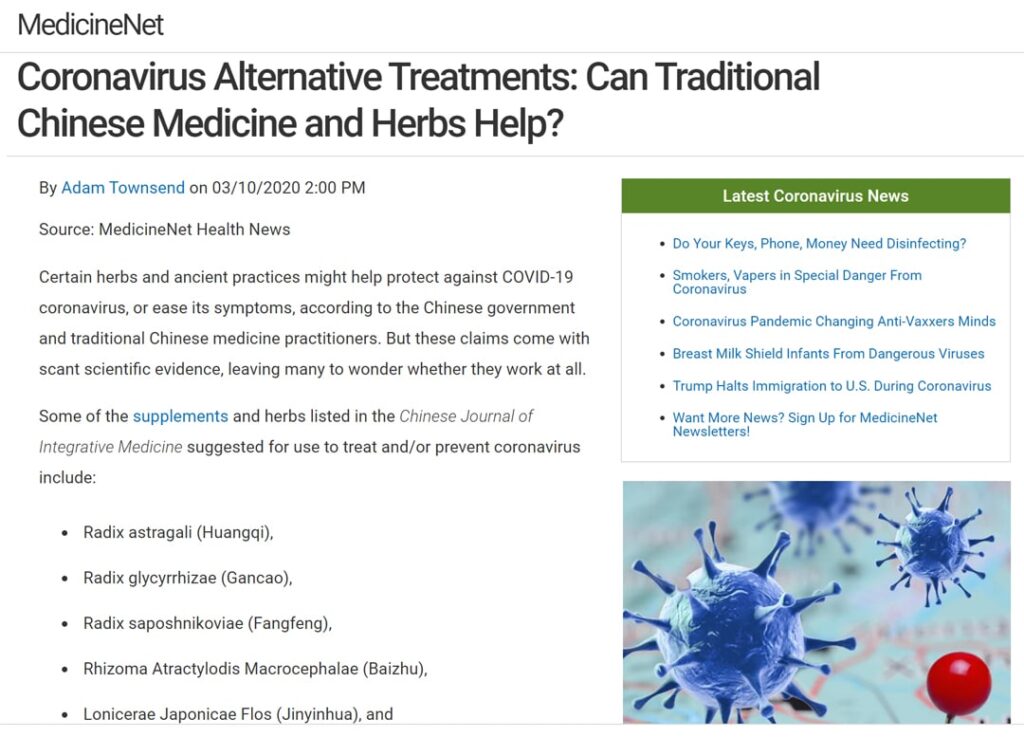 While some practices from traditional Chinese medicine (TCM) have shown some benefit in symptom relief for a variety of conditions, much of the evidence for the popular practice’s effectiveness is inconclusive, the NIH says. Even studies that show concrete benefits describe improvements on the margins – a shorter-duration cough, a less-runny nose. And these improvements can’t be ascribed wholly to TCM practices; most studies show only a positive correlation.
While some practices from traditional Chinese medicine (TCM) have shown some benefit in symptom relief for a variety of conditions, much of the evidence for the popular practice’s effectiveness is inconclusive, the NIH says. Even studies that show concrete benefits describe improvements on the margins – a shorter-duration cough, a less-runny nose. And these improvements can’t be ascribed wholly to TCM practices; most studies show only a positive correlation.
TCM, in general, is certainly important for symptom relief in the patients who experience positive effects from Chinese herbs, acupuncture, and other practices. When it comes to attacking the organism that causes disease, however, no evidence exists that any combination of herbs will cure COVID-19, or even lessen symptoms.
One paper submitted to the Chinese Journal of Integrative Medicine this year was speculative about the ability of TCM to prevent or treat COVID-19. The paper was based on other TCM studies from the 2003 SARS (severe acute respiratory syndrome) outbreak and studies of its effectiveness against H1N1 influenza.
A different analysis – one not using so many Chinese government data sources – of 90 different studies of the SARS epidemic showed some symptom relief on the margins for SARS patients who used TCM as an add-on to evidence-based protocols. These results were inconclusive, however.
“Positive effects using … herbal therapy included better control of fever, quicker clearance of chest infection, lesser consumption of steroids and other symptom relief,” states the paper in the American Journal of Chinese Medicine. “In a few reports, some evidence of immunological (boosting) was also found. More caution is required on the allegation about the efficacy of herbal medicine for the treatment or prevention of viral infection affecting the respiratory tract.”
Read More: https://www.medicinenet.com/script/main/art.asp?articlekey=228775
Contact Us For More Information
For more information about how acupuncture, massage therapy and other alternative healing treatments can help you, please contact the Urban Acupuncture Center Board Certified Licensed Acupuncturist’s team at Indianola Ave, Clintonville (614) 725-2488 | Main St, Westerville (614) 426-4406 or click here. Taking new patients in and around greater Columbus, Ohio.
 Hemorrhoids are characterized by inflammation and edema of the vessels surrounding the anus and rectum. It is a common condition effecting millions of people all around the world. Hemorrhoids typically are caused by the effort to evacuate stool, pregnancy, chronic constipation or a low fiber diet.
Hemorrhoids are characterized by inflammation and edema of the vessels surrounding the anus and rectum. It is a common condition effecting millions of people all around the world. Hemorrhoids typically are caused by the effort to evacuate stool, pregnancy, chronic constipation or a low fiber diet.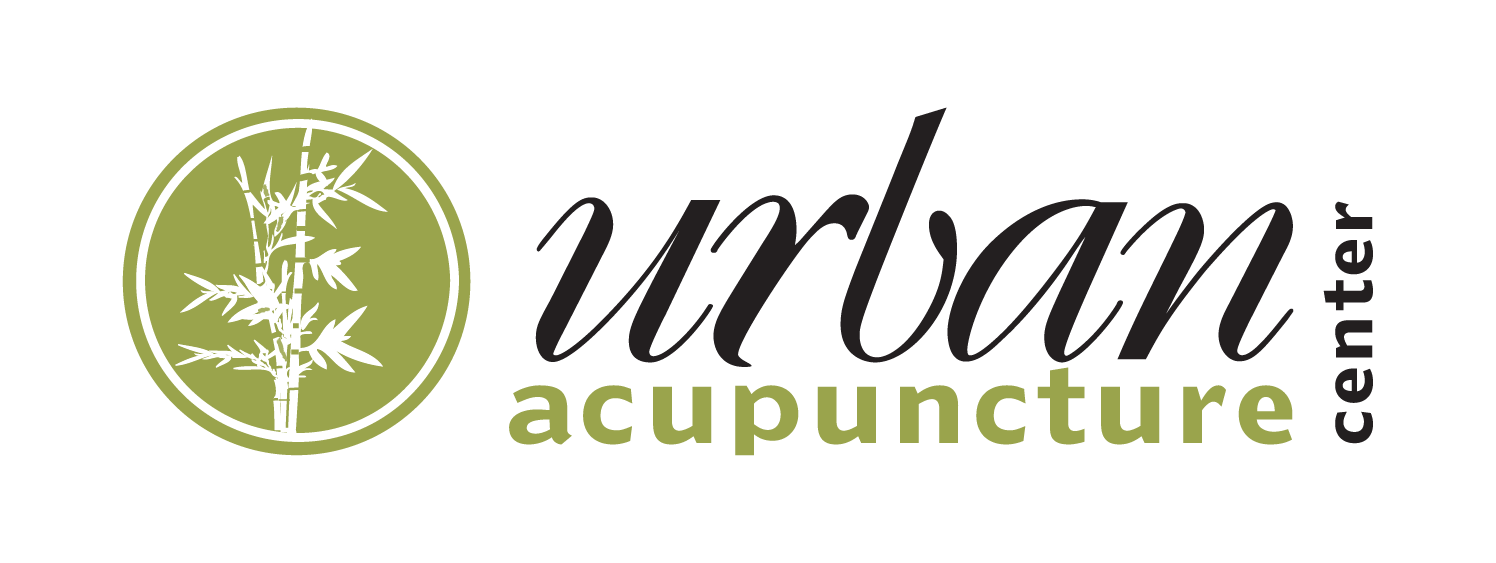
 The CDC (Center for Disease Control) declared sleep deprivation to be a public health epidemic.
The CDC (Center for Disease Control) declared sleep deprivation to be a public health epidemic. Massage involves stroking and kneading motions, usually administered with lubricants, making it easy for the therapist to slide their hands over the recipient’s skin. This is ideal for anyone with tension or tired muscles caused by exercise, sleeping in an odd position and just ordinary daily stresses. Massages usually last 30-60 minutes and can relieve muscle tension including the release of “knots” in the muscles. While people usually feel peaceful afterwards (although sometimes sore from the release of the muscle knots), it doesn’t typically address pain in the connective tissue.
Massage involves stroking and kneading motions, usually administered with lubricants, making it easy for the therapist to slide their hands over the recipient’s skin. This is ideal for anyone with tension or tired muscles caused by exercise, sleeping in an odd position and just ordinary daily stresses. Massages usually last 30-60 minutes and can relieve muscle tension including the release of “knots” in the muscles. While people usually feel peaceful afterwards (although sometimes sore from the release of the muscle knots), it doesn’t typically address pain in the connective tissue. While some practices from traditional Chinese medicine (TCM) have shown some benefit in symptom relief for a variety of conditions, much of the evidence for the popular practice’s effectiveness is inconclusive, the NIH says. Even studies that show concrete benefits describe improvements on the margins – a shorter-duration
While some practices from traditional Chinese medicine (TCM) have shown some benefit in symptom relief for a variety of conditions, much of the evidence for the popular practice’s effectiveness is inconclusive, the NIH says. Even studies that show concrete benefits describe improvements on the margins – a shorter-duration